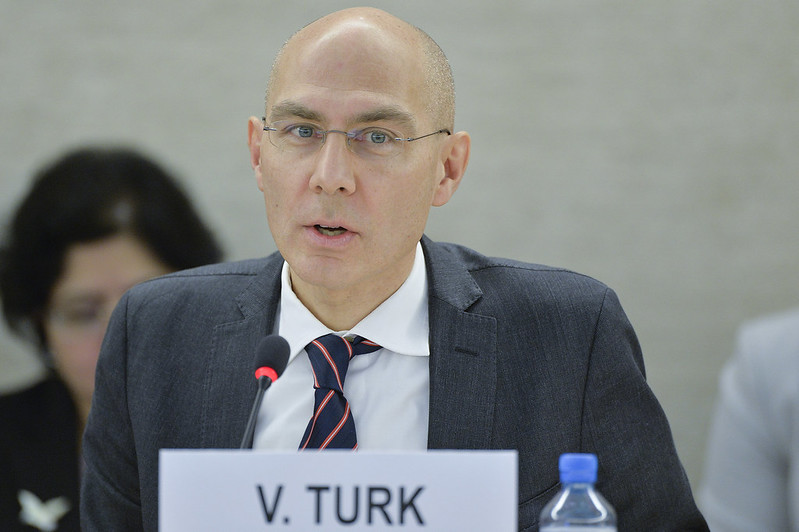– Advertising –
The economies of Latin America and the Caribbean have recovered to their pre-pandemic levels and the region has regained some sense of normalcy, but economies need to be restarted to avoid a new cycle of low growth. Social and infrastructure investments can be key drivers of shared growth and prosperity, according to a new World Bank report, “New Approaches to Closing the Fiscal Gap.”
The report estimates that regional GDP will grow by 3.0 percent in 2022, a higher rate than previously expected due to rising commodity prices.
However, strong global uncertainty as a result of the war in Ukraine, higher interest rates in developed countries and continued inflationary pressures will affect economies in the region. Low growth rates of 1.6 and 2.3 are expected in 2023 and 2024 respectively, similar to the weak levels of the 2010 decade and insufficient to achieve significant progress in poverty reduction.
Inflation, while for most countries at OECD levels, will require continued efforts to reduce to previous target levels.
– Advertising –
“Most economies have returned to pre-pandemic levels, but this is not enough. Countries in the region have the opportunity to rebuild better after the crisis and achieve more just and inclusive societies,” said Carlos Felipe Jaramillo, World Bank Vice President for Latin America and the Caribbean. “In addition to undertaking critical reforms and investments to lift growth, governments must address the structural costs – the years of education lost, vaccines missed and the delayed impacts of food insecurity that the GDP recovery obscures.”
The region is in a good position to rethink its development path. Employment levels have almost fully recovered to pre-pandemic levels, schools have reopened and, with exceptions in the Caribbean, high vaccination rates against COVID-19 have allowed a return to normality.
However, the scars from the crisis remain and need to be addressed. Cash poverty fell from 30 percent in 2021 to 28.5 percent in 2022, a still very high level, and the long-term costs of the crisis in health and education must be urgently remedied both to revive growth and mitigate rising inequality.
See also

“Managing higher debt burdens stemming from the crisis, while creating sufficient fiscal space for growth-enhancing investments, requires carefully considered new sources of revenue, but also better use of existing spending. On average, 17% of government spending can be saved, and in 2/3 of countries, these savings can wipe out budget deficits. said William Maloney, chief economist for Latin America and the Caribbean at the World Bank. “Rationalizing state spending is a step towards building more efficient, accountable and reliable governments.”
The report suggests that countries should carefully consider public spending and tax policy options in order to favor equity and avoid potential negative effects. This includes improving the efficiency of spending: on average, 4.4 percent of GDP – or 17 percent of public spending – is currently spent on poorly targeted transfers, poor procurement practices and inefficient human resource policies.
SOURCE: World Bank Group/SLT
– Advertising –


